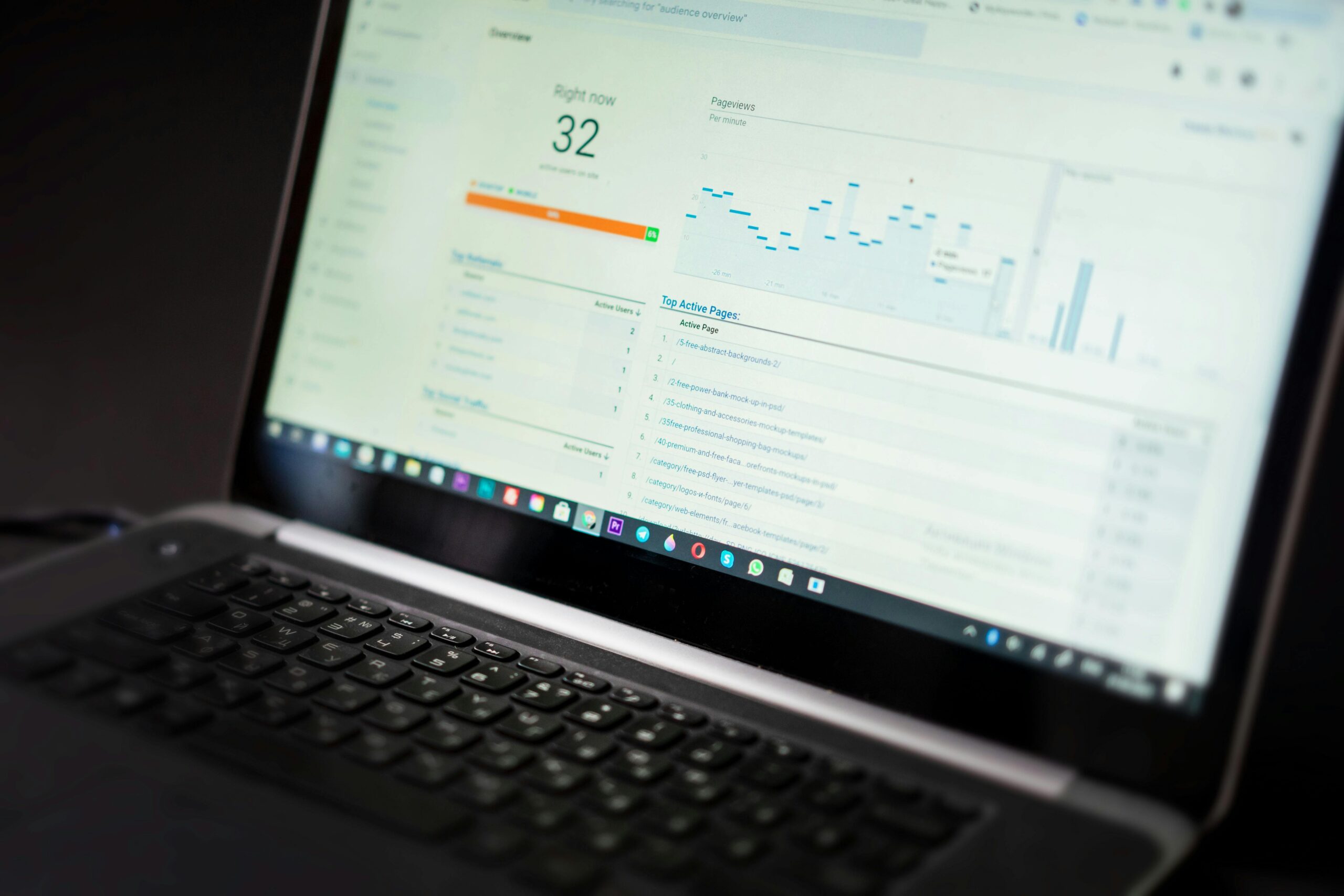Introduction
Getting your website pages indexed quickly is crucial for local SEO success. If Google doesn’t crawl and index your content, potential customers won’t find you—no matter how well-optimized your site is.
But how do you ensure fast indexing? Should you rely on rapid URL indexers (automated tools that speed up the process) or stick with manual submission (the traditional, slower method)?
This guide breaks down the pros, cons, and best use cases for each approach—helping you decide which method works best for local businesses, agencies, and time-sensitive campaigns.

Understanding URL Indexing in SEO
Before comparing rapid indexing tools and manual submission, let’s clarify how search engines like Google discover and rank pages.
How Does Indexing Work?
- Crawling – Search engine bots (like Googlebot) scan the web for new or updated pages.
- Indexing – Once found, pages are stored in Google’s database (the “index”).
- Ranking – Indexed pages compete for visibility based on relevance, authority, and user signals.
Why It Matters for Local SEO:
- If your geo-targeted pages (e.g., “Dentist in Austin”) aren’t indexed, they won’t rank in local searches.
- Slow indexing means missed opportunities—especially for time-sensitive promotions (e.g., holiday sales).
Rapid URL Indexers: Speed Over Control
How Do Rapid URL Indexers Work?
These tools automate URL submissions using:
- Search engine APIs (Google Indexing API, Bing Webmaster Tools)
- Ping services (to notify search engines of new content)
- Backlink networks (some tools create temporary links to boost discovery)
Popular fast URL indexing tools include:
✔ RapidURLIndexer.com
✔ IndexInject
✔ Speed Indexer
Advantages of Using Rapid URL Indexers
1. Faster Indexing (24-48 Hours)
- Manual indexing can take weeks—rapid tools cut this to 1-2 days.
- Best for:
- New websites with low authority
- Urgent pages (e.g., event registrations, flash sales)
2. Better Backlink Efficiency
- Some tools auto-generate contextual backlinks, helping new pages gain traction.
- Example: A local bakery launching a “Valentine’s Day Special” page can rank faster with indexed backlinks.
3. Time-Saving for SEO Agencies
- Bulk submissions for multiple clients.
- No waiting for Googlebot to crawl naturally.
Manual Submission: The Safe (But Slower) Approach
How Manual Submission Works
- Submit URLs via Google Search Console (GSC) or Bing Webmaster Tools.
- Request indexing manually (limited to 10-50 URLs per day in GSC).
Advantages of Manual Submission
1. Full Control Over Indexing
- Choose which pages to prioritize.
- Avoid accidental indexing of low-quality pages.
2. Compliance with Google’s Guidelines
- No risk of penalties from aggressive automation.
3. Detailed Insights via GSC
- Track:
- Crawl status
- Indexing errors
- Search impressions

Rapid URL Indexers vs. Manual Submission: Key Differences
| Feature | Rapid URL Indexers | Manual Submission |
| Speed | 24-48 hours | Days to weeks |
| Control | Limited | Full |
| Best For | Urgent campaigns | Long-term SEO |
| Risk Level | Moderate | Low |
When to Use Rapid URL Indexers for Local SEO
1. Link-Building Campaigns
- Local backlinks (e.g., from city directories) help geo-ranking signals.
2. Geo-Specific Pages
- Example: A “Roofing Services in Dallas” page needs fast indexing to compete.
3. Time-Sensitive Offers
- Promotions (e.g., “July 4th Discount”) benefit from instant URL indexers.
Potential Risks of Rapid URL Indexers
⚠ Overuse can trigger Google spam filters.
⚠ Low-quality backlinks may hurt long-term rankings.
⚠ Temporary boosts ≠ sustainable growth.
Choose Manual Submission If…
✔ You prioritize long-term compliance.
✔ Your site is new and needs careful crawling.
✔ You want full transparency via Google Search Console.
Final Verdict: Which Is Best for Local SEO?
- Use rapid URL indexers for urgent pages (sales, events).
- Stick with manual submission for core SEO pages.
- Hybrid approach works best for most businesses.
FAQs About Rapid URL Indexers
1. How does a rapid URL indexer work?
It automates submissions to search engines, speeding up indexing.
2. Is manual submission safer for local businesses?
Yes—but slower. Use rapid tools only for urgent pages.
3. Can rapid indexing improve Google Maps rankings?
Indirectly—faster indexing helps Google discover location pages quicker.
4. Where can I find a reliable rapid URL indexer?
Check RapidURLIndexer.com or SEO forums for reviews.






2 Responses
Hey! Thanks for the comment—do you mean you liked the part about SEO-specific humor, or do you think it could be clarified?